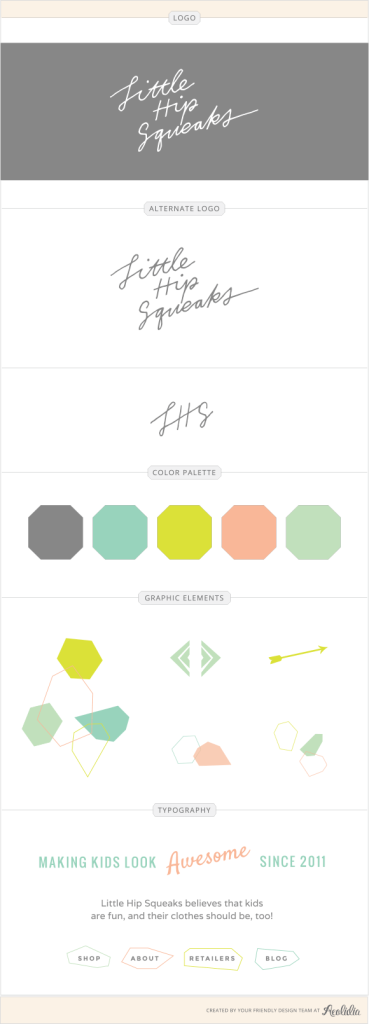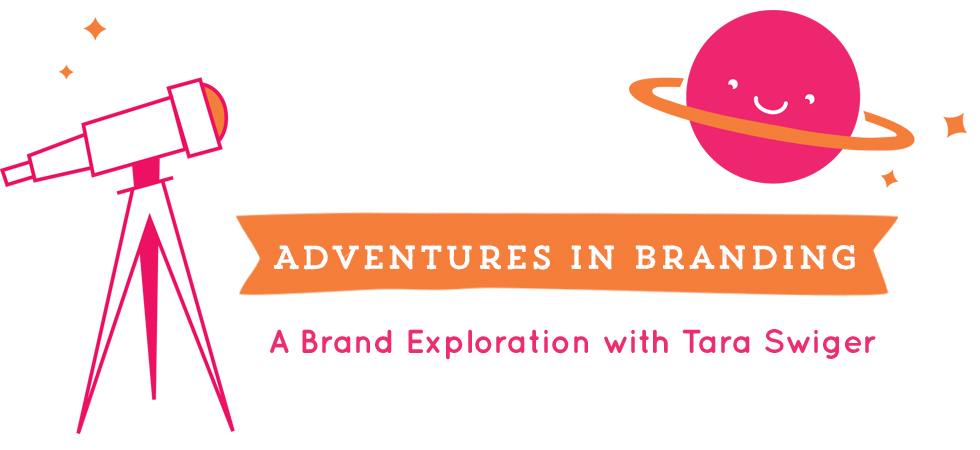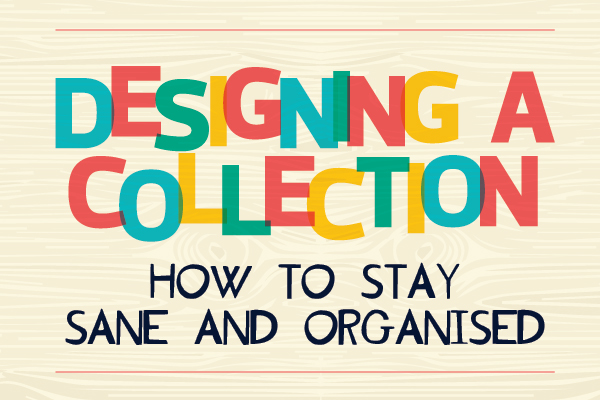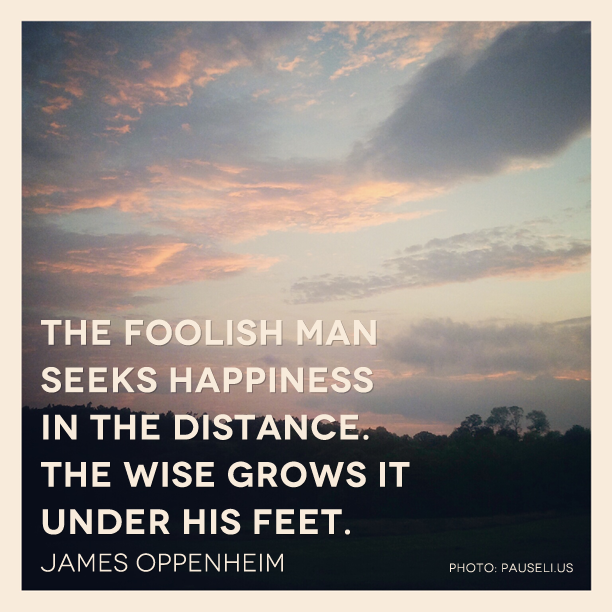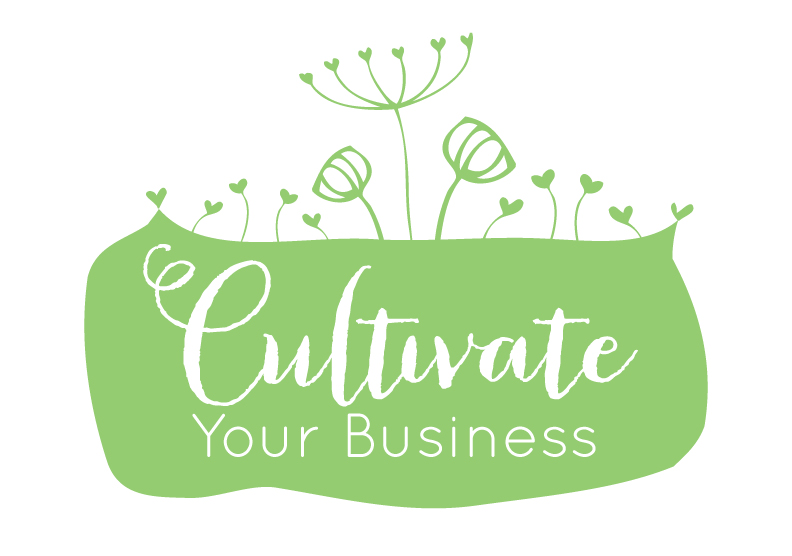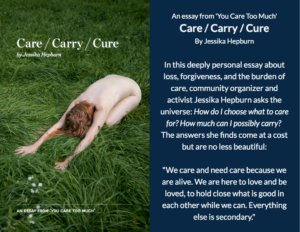My friendly web design studio, Aeolidia, is well-known for creating custom Shopify websites for creative businesses - handmakers, designers, and crafters of all types. It is always thrilling when a client comes to us who really understands what her business is all about and what the personality of her business is, but she hasn't been able to translate that to a logo and solid … [Read more...] about Adventures in Branding: What is your brand personality?
Branding
Adventures in Branding with Tara Swiger
I recently had the experience every designer dreams of-an enthusiastic client who was able to clearly explain their brand story & customer + had a love for spaceships! From the second Tara Swiger emailed me about redesigning her branding and website I knew we were going to have a grand time working together, so even though I wasn't even looking for new projects I said yes! … [Read more...] about Adventures in Branding with Tara Swiger
Designing a collection – how to stay sane and organised
When you're creating a new range or collection there are lots of elements that need to come together and it's easy to lose control of one or more of them if you don't stay organised and focused. Here are a few organisational tips I learned during the creation of my latest Wondercook collection. . Getting started: The start is, in some ways, the hardest part of any project. … [Read more...] about Designing a collection – how to stay sane and organised
Your Own Brand of Happy
This month's theme is Shoots + Roots...truly one of the best metaphors for a happy business + life if we ever heard one. It begs the question: how does YOUR garden grow? If we had a nickle for every time we've heard someone say "follow your heart" and mean it, really mean it, right down to their toes, we'd be able to buy some vegan soft serve at our favorite … [Read more...] about Your Own Brand of Happy
Cultivate Your Business: Plan & Plant for Growth
I might have missed my calling as an editor. In the spring, the sight of my empty garden beds gives me the horticultural equivalent of writers' block: So much space! So many plants to choose among, and yet none of them seem quite right! ~Susan Orlean We all start with an empty plot, a vast field of potential that we could plant absolutely anything in. The sheer amount of … [Read more...] about Cultivate Your Business: Plan & Plant for Growth

